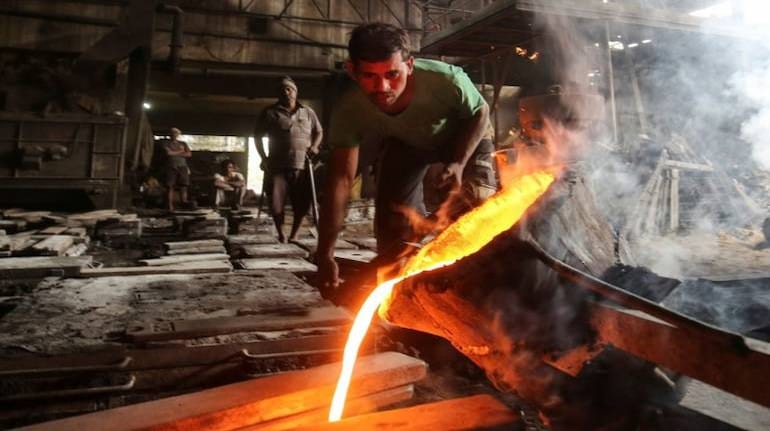Various agencies have said the Indian economy will contract in the first quarter of FY21, and the National Statistical Office is scheduled to release the GDP numbers for the quarter on August 31
Data released by the UK government earlier in August showed that economic activity in the country had contracted by 20.4 percent in the second quarter of 2020, plunging it into the deepest recession recorded by any major global economy so far following the coronavirus outbreak.
The British economy had recorded a 2.2 per cent contraction in the March quarter, and with its latest gross domestic product (GDP) numbers, the country has officially entered into recession.
What is a recession?
A healthy economy grows over time and it's indicated in its increasing GDP, or the value of the goods and services it produces. Recession is defined as a period when economic activities contract for two quarters in a row (or six months). Recession occurs when there is a contraction in business cycle, caused by shrinking economic activity and followed by a consequent decline in spending.
Is India also in recession?
Like all global economies, the Indian economy too is facing the most unprecedented shock in economic activities due to the Covid-19 pandemic-induced lockdown.
The nationwide lockdown that was announced on March 25 to help stop the spread of Covid-19 had brought all economic activity to a grinding halt. Phased easing that began since May has not been able to show any encouraging signs of recovery. India's manufacturing PMI contracted at a quicker pace in July than a month before and was one of the worst globally.
CRISIL predicted that India's fourth recession since independence, the first since liberalisation and perhaps the worst to date, is here. It said the economy would shrink by 5 percent in the current fiscal because of the COVID-19 pandemic.
"The first quarter (April to June 2020) will suffer a staggering 25 percent contraction. About 10 percent of GDP in real terms could be permanently lost. So going back to the growth rates seen before the pandemic is unlikely in the next three fiscals," it said in its assessment of India's GDP.
In the past 69 years, India has seen a recession only thrice – as per available data – in FY58, FY66 and FY80. The reason was the same each time – a monsoon shock that hit agriculture and then a sizeable part of the economy.
In the January-March quarter of FY20, India’s economy expanded by 3.1 percent, its slowest pace in 40 quarters. The growth numbers were pulled down by the slowing manufacturing and construction sectors.
Why is August 31 crucial?
For the April-June quarter of FY21, a contraction in output has been projected. Goldman Sachs had said the Indian economy would shrink by 45 percent on an annualized basis this quarter, and its GDP will slump 5 percent this fiscal year, the steepest contraction in over 40 years.
The World Bank projects 3.2 percent contraction, the International Monetary Fund pegs it at 4.5 percent and the Asian Development Bank at 4 percent.
What paints an even more bleak picture is that the economic downturn has coincided with a sharp uptick in Covid-19 cases, especially since reopening began in May. India has recorded 3.17 million COVID-19 cases so far - the third in the world behind Brazil and the US. The worsening situation forced states to impose localised shutdowns in July to curb the pandemic.
The National Statistical Office would put out this quarters numbers on August 31. The Q1 GDP figures would put in perspective what impact the set of measures announced by the government to rebuild the economy have had.







